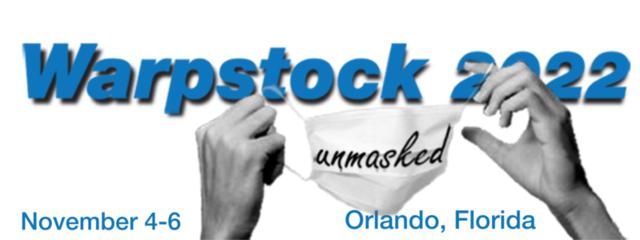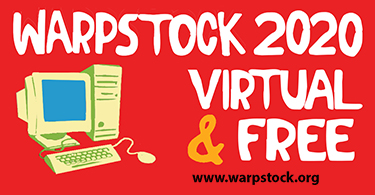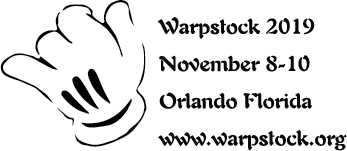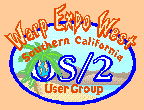SCOUG-HELP Mailing List Archives
Return to [ 14 |
September |
2004 ]
<< Previous Message <<
>> Next Message >>
=====================================================
If you are responding to someone asking for help who
may not be a member of this list, be sure to use the
REPLY TO ALL feature of your email program.
=====================================================
I came upon some technical data from the developer of a Mac driver for the
card, thought I'd share it, though I don't know if it will be helpful:
************
Detailed information on the AirPrime 5220 MacOS X Driver
This section details the AirPrime card (useful to get it working on other
platforms), and details the MacOS X driver that I put together. The
AirPrime 5220 Card
The AirPrime card interfaces with the host computer via the PC Card slot.
It contains a built in USB host controller, which is ohci compliant.
Attached to the USB controller is the actual modem device (idVendor=0xf3d,
idProduct=0x112).
The modem device has one configuration with one interface. That interface
has three pipes - control, bulk in, and bulk out. The bulk pipes are the
important ones. When taken together the bulk pipes form a full duplex
communication stream to the modem on the CDMA card. This modem uses
standard AT command set commands, and requires no further configuration to
operate. Since the modem stream requires no configuration the control pipe
can effectively be ignored. No doubt there is good information to be had
(like the activation sequence) from the control pipe, but it is strictly
undocumented and unnecessary for simply connecting to the Internet.
To save some time digging through my modem script, the initialization
sequence I used was:
ATE0V1&F&D2&C1&C2S0=0
ATE0V1
ATS7=60
MacOS X AirPrime 5220 Driver Details
MacOS X already includes an OHCI compliant USB controller driver which
automatically attaches to the AirPrime card upon insertion. So all that is
left to do is present the aforementioned bulk stream pipes as a serial
interface to the OS.
I started with the AppleUSBCDCSampleDriver example driver. This is a USB
device class driver for the communication device class. In essence it is a
USB modem driver, which is pretty much what we need in this circumstance.
I changed a number of mundane settings so it wouldn't conflict with any
other version of AppleUSBCDCSampleDriver that might happen to be installed
on the machine. Then I changed the matching dictionary so the driver would
match against the AirPrime card. After that was the tricky part. The
AirPrime card is not a USB communication device class (CDC) device. There
was a fair amount of code in the sample driver that probed for, and
determined the capabilities of, CDC devices. I had to remove this code.
The sample driver also sent a number of CDC control commands to the
device, but since we don't know the control protocol of the AirPrime, this
code also had to be removed. These changes resulted in a working driver.
You can download my xcode project by clicking here.
After the driver was operational it was simply a matter of modifying a
modem script with the correct initialization parameters and configuring
the network interface as described above. Then I was off and to the races!
--
-----------------------------------------------------------
"Mark Abramowitz"
-----------------------------------------------------------
=====================================================
To unsubscribe from this list, send an email message
to "steward@scoug.com". In the body of the message,
put the command "unsubscribe scoug-help".
For problems, contact the list owner at
"rollin@scoug.com".
=====================================================
<< Previous Message <<
>> Next Message >>
Return to [ 14 |
September |
2004 ]
The Southern California OS/2 User Group
P.O. Box 26904
Santa Ana, CA 92799-6904, USA
Copyright 2001 the Southern California OS/2 User Group. ALL RIGHTS
RESERVED.
SCOUG, Warp Expo West, and Warpfest are trademarks of the Southern California OS/2 User Group.
OS/2, Workplace Shell, and IBM are registered trademarks of International
Business Machines Corporation.
All other trademarks remain the property of their respective owners.
| 







